Stages of Vein Disease: When to Take Action
Author: StrideCare Internal Team
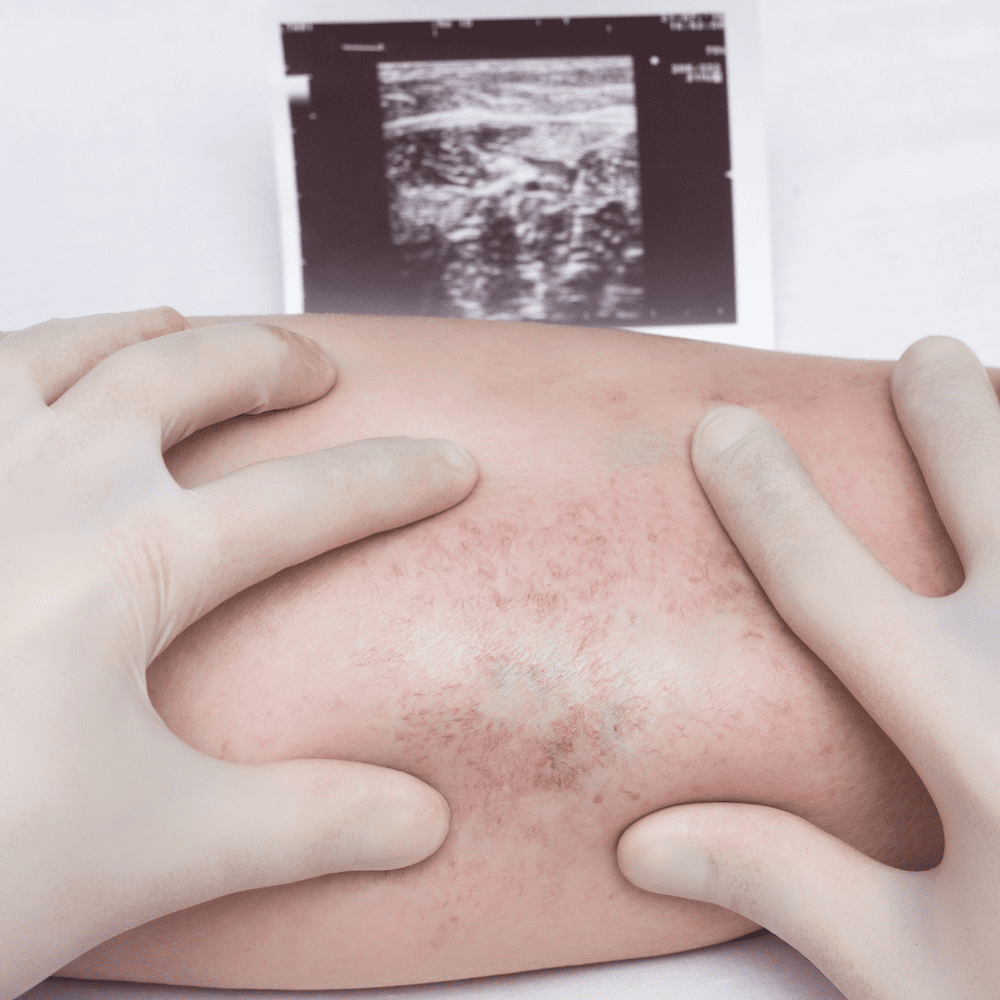
Did you know more than 20 million Americans suffer from vein disease? Sadly, many don’t recognize the signs until the later stages when the condition is more difficult to treat or causes life-changing symptoms. Vascular screenings are an invaluable early-detection tool that your doctor can provide to look at what’s going on within your blood vessels that other methods cannot detect. But even if you haven’t had a screening yet, take power into your own hands by recognizing the early warning signs so you know when to take action.
When should you take action? At the very first sign of changes in the appearance of your legs. Your friends here at StrideCare have put together this easy-to-understand guide to help you comprehend what the common stages of vein disease are so you can avoid any of the following complications:
- Painful varicose veins
- Skin changes and swelling
- Leg ulcers
- Restless legs
- Blood clots
- Leg pain and discomfort
What Does Vein Disease Look Like?
Your veins typically work on a one-way system using a series of strong valves to ensure the traveling blood doesn’t flow back in the opposite direction with gravity. When we’re young, we don’t think about our veins because they’re usually working just fine. But as we age, so do our veins. Believe it or not, our veins become weaker and can be affected by life choices such as diet, excess weight, smoking, and a sedentary lifestyle. As a result, weak valves in veins can lead to blood pooling in areas it shouldn’t and creating a variety of complications and discomfort.
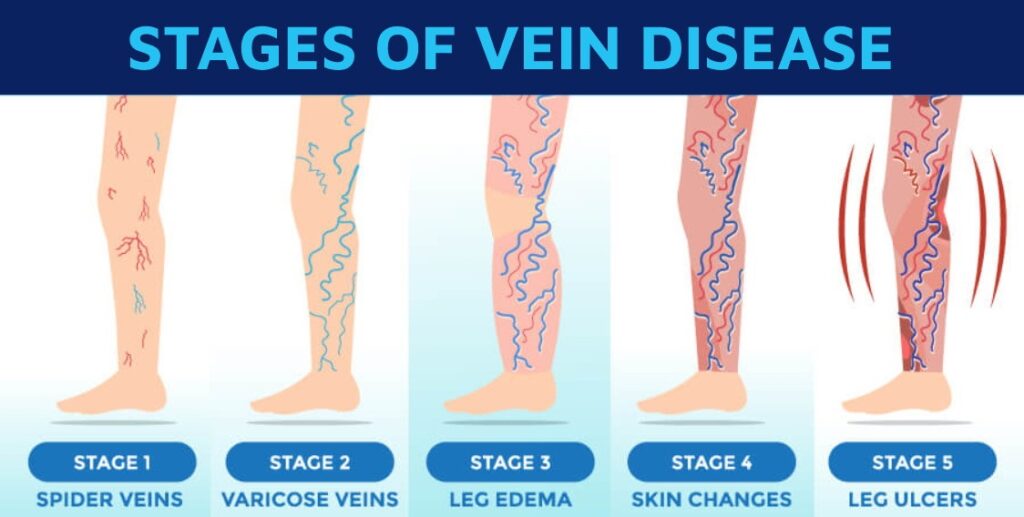
Like anything else, these complications begin to show themselves in stages—starting with those that are painless.
Stage 1: Spider Veins
Reticular veins, also known as spider veins, are weblike blue, purple, and red superficial veins on the outer layer of the skin. Spider veins generally do not hurt and are mostly a cosmetic annoyance—which naturally leads many people to ignore them, wear long pants, and not have them checked. But they are usually a sign of a deeper issue. The good news is that these veins can be treated easily through a procedure known as sclerotherapy, which involves injecting a small amount of specially formulated chemical solution into the affected veins.
Causes of spider veins include:
- Obesity
- Heredity
- Excessive standing
- Pregnancy
- Hormones
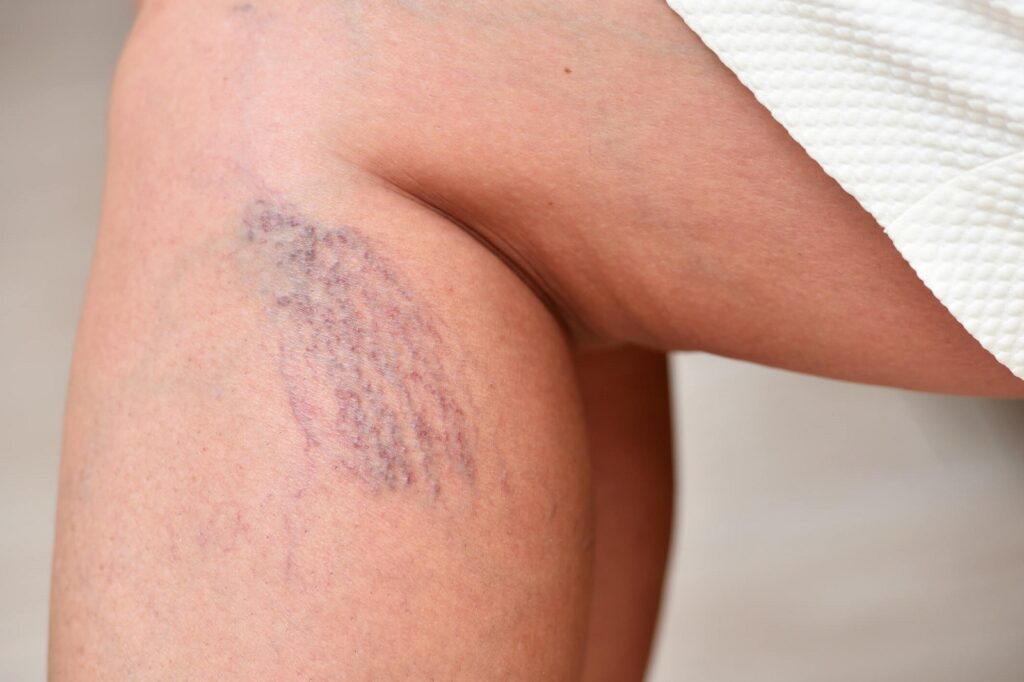
Stage 2: Varicose Veins
Varicose veins affect roughly 25% of men and women in the United States. These twisted, bulging veins on your legs and feet are unsightly at best and can be painless. But more often than not, they cause intense pain and discomfort and are a telltale sign of vein disease. Varicose veins happen when veins stop working properly, fill up with blood, and enlarge or swell due to a high volume of fluid build-up.
Patients who experience varicose veins often complain of:
- Achy or heavy feeling in your legs
- Burning, throbbing, itching, and swelling
- Muscle cramps
- Discomfort after sitting or standing for too long
- Skin discoloration
- Numb legs
- Cold legs
- Bruising
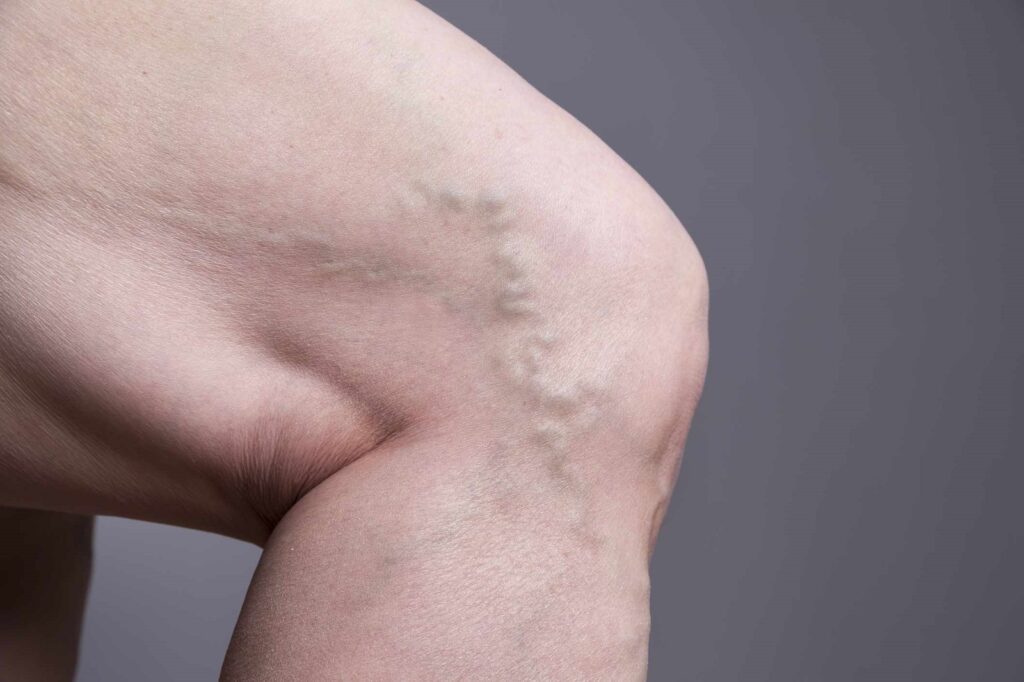
Stage 3: Swelling (Edema)
If you have varicose veins, the next stage is potentially swelling in the legs and ankles—especially after prolonged periods of sitting or standing. This is because blood has been pooling up in your legs, and the body is unable to circulate and absorb the excess fluid. This stage is usually the first sign that a patient is experiencing chronic venous insufficiency, which are broken valves that don’t hold a seal. Patients with this condition likely also have high blood pressure, heart disease, and lead very sedentary lifestyles. A variety of symptoms set in with inflammation of the legs and feet:
- Pain when walking
- Itchy skin
- Numbness and tenderness
- Tightness in calves and ankles
- Restless legs
- Muscle spasms
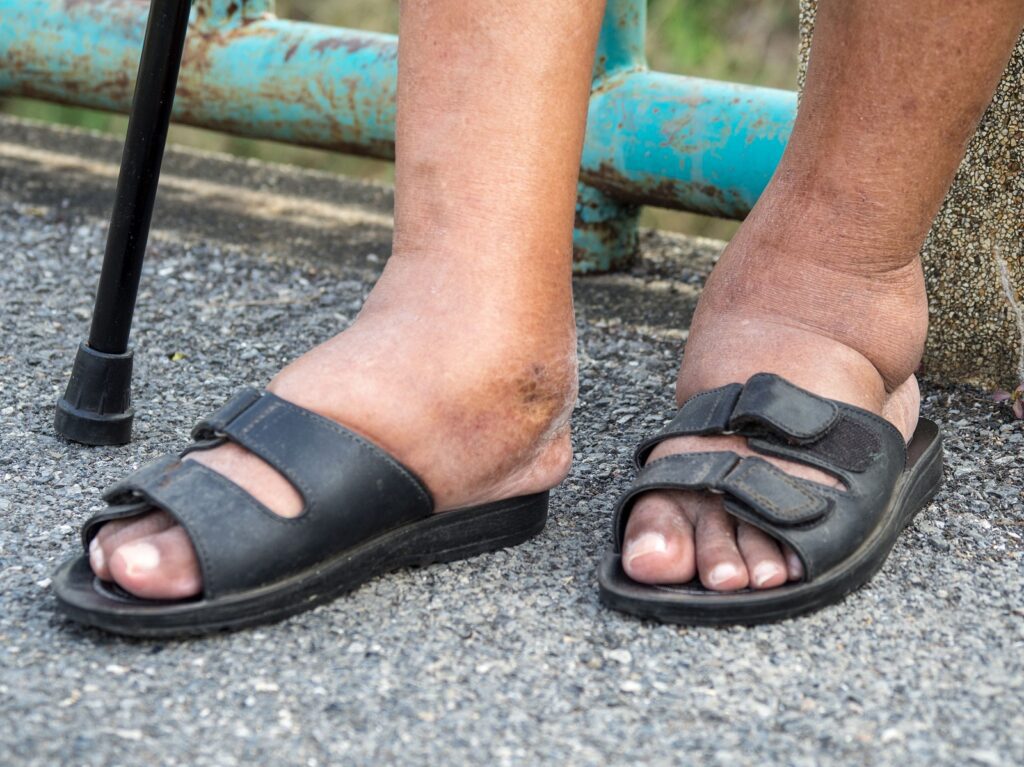
Stage 4: Skin Changes and Discoloration
Technically, this stage overlaps Stage 3 above in that as swelling sets in, nearly every patient will also be experiencing noticeable skin changes as the skin becomes thinner. This can range from brown discoloration to leathery textured skin that feels hard to the touch. This occurs because of blood leaking from the blood vessels and into the skin tissue. Skin can also appear red, flaky, and itchy. When all these skin changes take hold, cracking and bleeding can set in, which leads to wounds called venous ulcers.

Stage 5: Leg Ulcers and Sores
These are an indication that the venous disease has reached an advanced stage. Ulcers and sores are extremely painful and itchy. They tend to heal very slowly or not at all and can become infected. Once infected, bacteria enter the legs and can cause even more complications.
There is very little you can do on your own to treat skin changes and leg ulcers. Ulcers require constant care and dressing, significantly impacting quality of life. This stage requires medical intervention to truly fix the problem. Symptoms during this stage of vein disease include:
- Pain in the legs and ankles
- Limited mobility
- Skin thickening and hardening around varicose veins
- Leaking veins
- Painful open sores on the legs and ankles
- Yellow, pus-filled fluid from sores
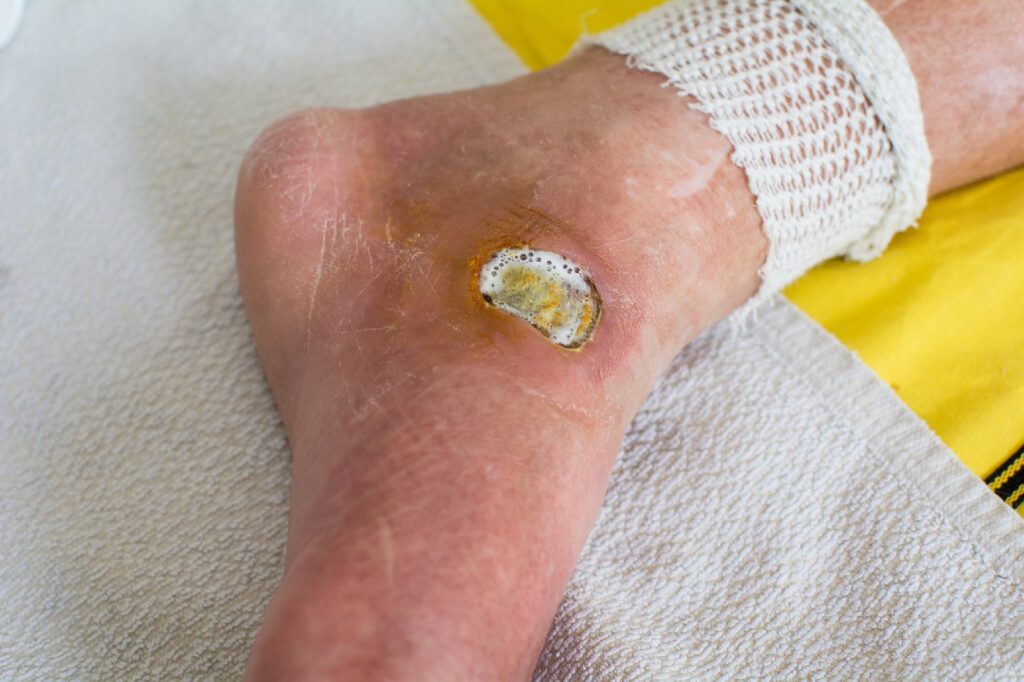
StrideCare Wants to Help You Improve Vein Health
This information is not a substitute for professional medical advice. Prior to starting any new treatment or questions regarding a medical condition, always seek the advice of your doctor or other qualified health provider.
StrideCare serves the South Texas area including Houston, San Antonio, Austin, Round Rock, Bastrop, Brushy Creek, Cedar Park, Converse, Georgetown, Hutto, Kyle, League City, Leander, Marble Falls, New Braunfels, Pasadena, Pearland, Pflugerville, San Marcos, Schertz, Sugar Land, The Woodlands, Universal City and more.


